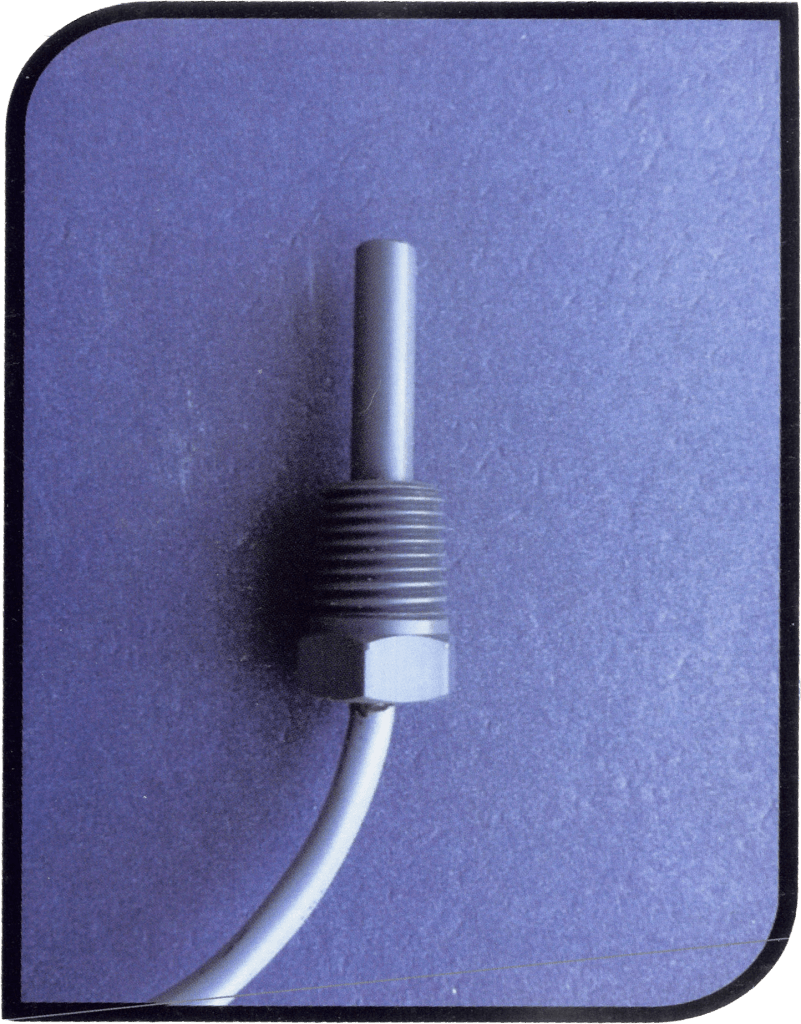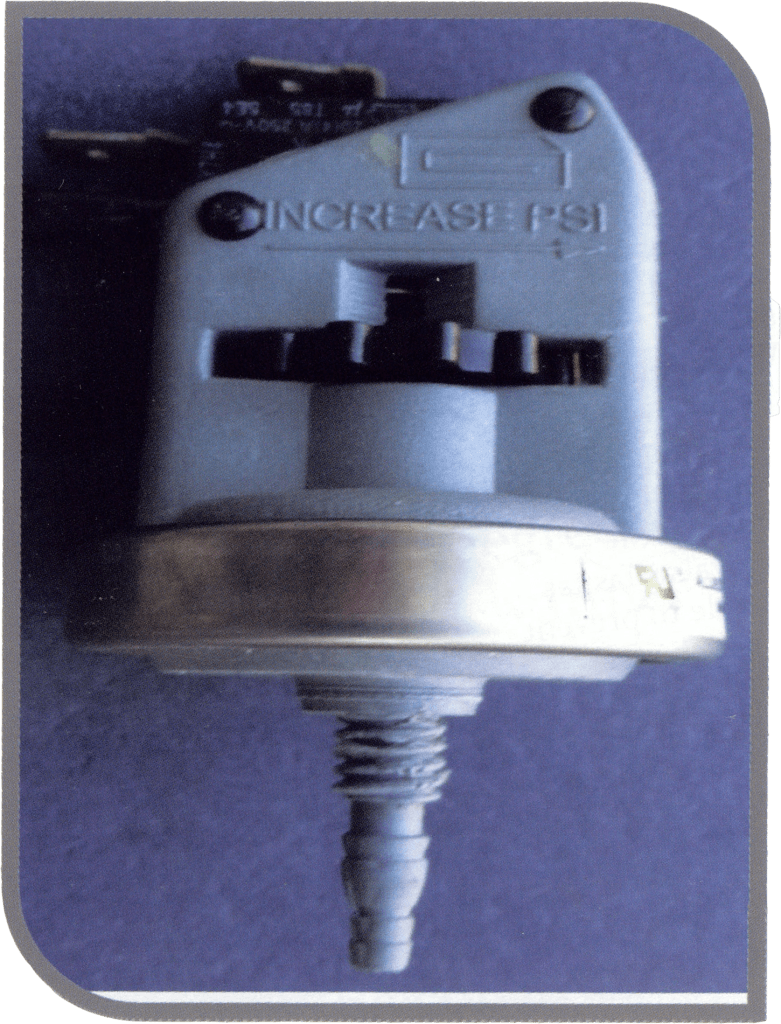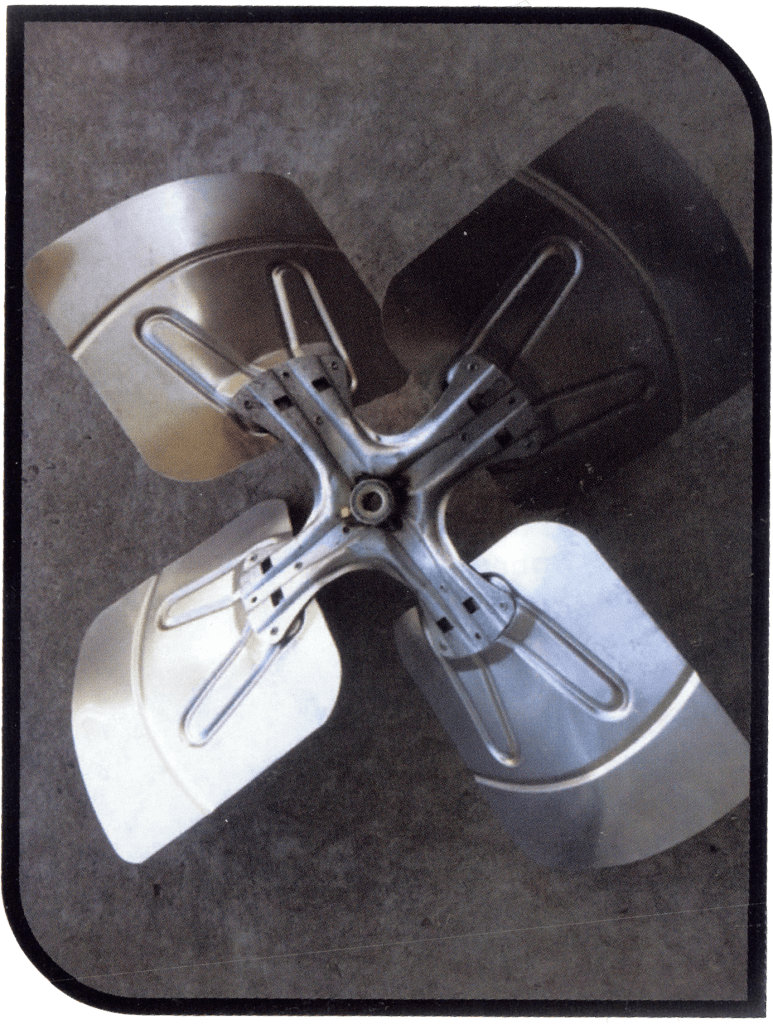Want to learn more about pool heat pump parts but aren’t sure where to start?
Here is a good spot
If you own a pool heat pump, then chances are, you’ve had some time to learn about how they work. But whether you’re a veteran or newcomer to the world of pool heating, one fact is constant: pool heat pumps contain a lot of parts. Small parts that help bigger parts do their job. Big parts that help other parts work efficiently. Point being, there’s a whole lot to learn about pool heater parts and the role they play in heating your pool.
But unless you’re a pool heating technician, chances are you won’t have the time to learn what each part does in detail. Hence why this post exists. In this post, we focus on 7 important pool heat pump parts that every pool owner should know about. Some might be familiar to you, and others might be completely new. Regardless, you’ll learn how each works in detail, giving you a better understanding of your pool heat pump.
So let’s get into it.
7 Pool Heat Pump Parts You Should Know About
Control Board



From the user’s end, the control board doesn’t seem all the significant. Aside from a small LED display and a few buttons, it doesn’t really stand out much.
Sure, it’s what you use to change the mode and set the temperature of your heater. But it may surprise you to know that the control board manages all electronically powered functions — all of them. It tells your sensors what ranges to monitor, it tells your compressor when to turn on, and it tells your fan motor how much to spin. Bottom line, your control board controls a whole lot of what goes on in your pool heat pump. Consider it the brains of the operation.
Compressor
Some might consider the compressor one of the most important pool heat pump parts in existence. And that’s because it creates the heat you need to enjoy the warm water you crave. Specifically, it’s the part responsible for compressing warm refrigerant gas produced by the evaporator coil.
As the compressor runs, it compresses the warm gas into a hot gas and pumps it to the heat exchanger. So in other words, the compressor magnifies the heat your pool naturally harvests, increasing its temperature and making it suitable for heat distribution.
[Want to learn more about the heating process? Check out this post: How Pool Heat Pumps Work]
Temperature Sensor



Have you ever wondered how your pool heater knows when to stop heating? Normally you simply set your desired temperature and the pool heat pump handles the rest. But how does it keep track of temperature changes with such accuracy?
With help from the temperature sensor, the part responsible for monitoring the temperature of all incoming water to your heat pump.
This sensor allows your heater to actively adjust to the current temperature of the water. So when your water is too cold, the pump kicks on and starts heating. Meanwhile, the temperature sensor keeps track of the gradual increase in temperature. Once the sensor detects the target temperature, it signals the heat pump to take a break for awhile. Pretty impactful for such a small part, huh?
Defrost Sensor
“If a pool heat pump handles both hot, and cold water, what stops it from getting too cold and freezing up?”
If you’ve ever had this thought, you certainly aren’t alone. It’s a great question to ask, especially considering the full range of temperature a pool heat pump deals with. And with all of the pool heat pump parts inside of the unit, there has to be at least one that stops the unit from getting too cold. To answer the initial question, it’s the Defrost Sensor that controls this very feature — let’s call it “freeze prevention”.
Your evaporator coil gets colder and colder as the air it pulls in gets chillier throughout the year. The defrost sensor monitors the temperature of the evaporator coil, triggering the defrost mechanism when needed. So if you ever see frost on your evaporator coil during the colder months, which is normal, know that your defrost sensor is working in the background to get rid of it.
Note: A defrost sensor is only meant to handle natural frost and ice buildup from normal operation. It cannot prevent damage to your unit if you run it during freezing temperatures, which we strongly advise against
[Curious about using your pool during the winter? This post has all the answers]
Water Pressure Switch



In order for your pool heat pump to do its job, it needs a constant supply, or flow, of water. It needs circulation. So what happens when your pool pump shuts off and your pool heater is still on? Maybe nothing since the two pieces of equipment work independently and have their own power supplies. But without a steady supply of water, what stops your pump from continuing to heat when you’re not around to shut it off? Moreover, what stops it from running dry and burning out (and potentially damaging the compressor)?
Your water pressure switch.
It’s one of the smallest pool heat pump parts with one of the biggest responsibilities. As water flows into the heat pump, the water pressure switch actively monitors PSI and water flow. So if any abrupt or unexpected changes to water flow occur, like your pool pump overheating, the water flow switch quickly detects them and responds by powering down the heat pump. This protects both the heat pump and specifically the compressor, from damage. Without this part, your heat pump could easily overheat and break down when unchecked pressure changes occur.
[Want to learn why proper water flow is essential to your entire pool? Check out this post: Pool Water Circulation 101]
High & Low-Pressure Switches
With all this talk of water pressure, we’d be remised to not mention two of the most important switches/sensors that exist inside of your pool pump. You already know that your water pressure switch monitors the pressure/flow of incoming water. But you may wonder what keeps track of pressure changes happening inside of the pump. Well, that job is so important, that sometimes, it’s split among two separate parts: your high-pressure switch, and your low-pressure switch.
These switches/sensors do exactly as their names imply. While one switch monitors and detects any high-pressure spikes or changes in the unit, the other does the same for low pressure. Together, they prevent your compressor from overheating or creating too much pressure. But it may just be easier to think of these parts as precisely what they are: your compressor’s first line of defense against damage and the unexpected.
Fan



Everyone knows that a pool heat pump harvests free heat straight from the great outdoors. But how does it draw that heat in? With pool heat pumps, there aren’t any solar panels or electrical heating elements involved, so what exactly produces the initial heat that’s needed to start the process.
It’s none other than the fan sitting right at the top of the unit. At first glance, most would think the fan works to cool off components and keep the temperature of the unit down. But if you’ve read this far, you already know that other parts handle those very tasks.
So, how exactly does the fan work? Simple, it spins. That’s it, or rather, that’s all it needs to do.
When your fan spins, it suctions in the air surrounding the pool heat pump. That air gets pulled into the evaporator coil, where it combines with eco-safe refrigerant to produce a warm gas. And from there, well, you know what happens (if not, check out this post).
Honorable Mention: Fan Motor (the powerhouse behind your fan’s rotational power)
Of course, the fan doesn’t just spin on its own. It’s propelled by a small fan motor located just under the center of the blade. So whenever it’s time to heat your pool, the motor kicks on, spinning the fan and starting the process.
Closing Thoughts
Although simple in concept, pool heat pumps are undoubtedly complex machines, and there are plenty of parts that we didn’t cover. But after reading this post, you should have at least have expanded knowledge of some of the more important pool heat pump parts. Valuable knowledge that can be useful next time to you have a little pool heat pump repair or troubleshooting to do. Of course, the best way to maintain peak performance is with good old service and maintenance. Servicing your pool heat pump not only extends its lifespan but drastically reduces the likelihood of expensive repairs or replacements in the future by keeping everything healthy.


